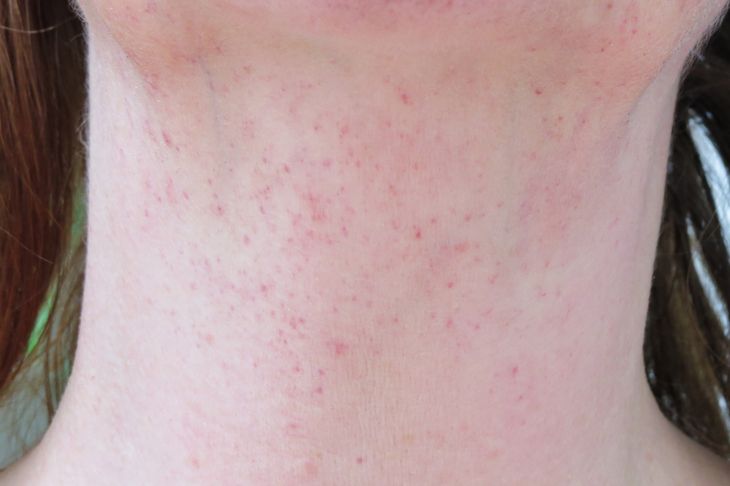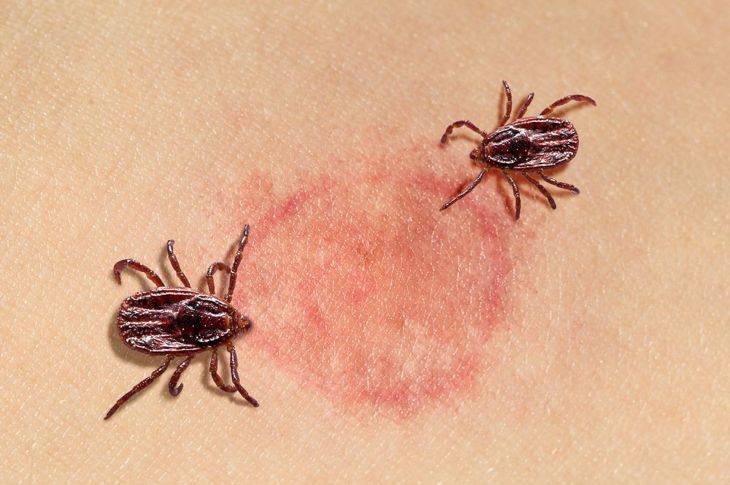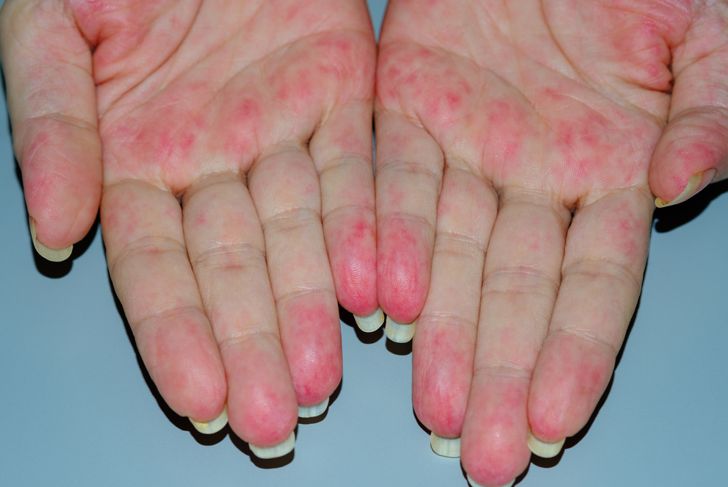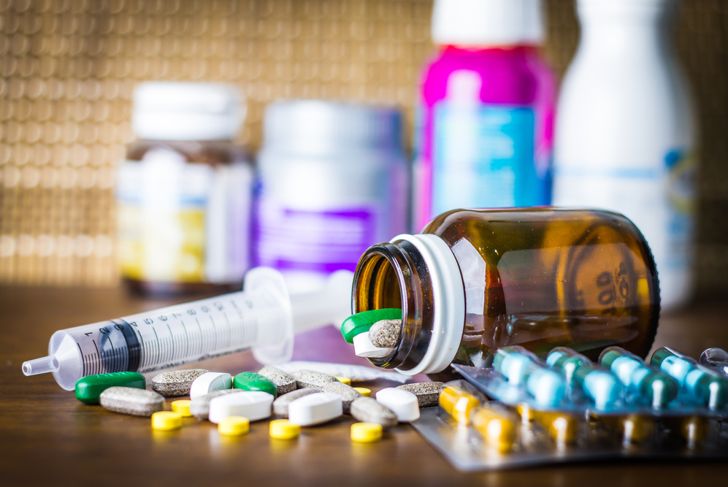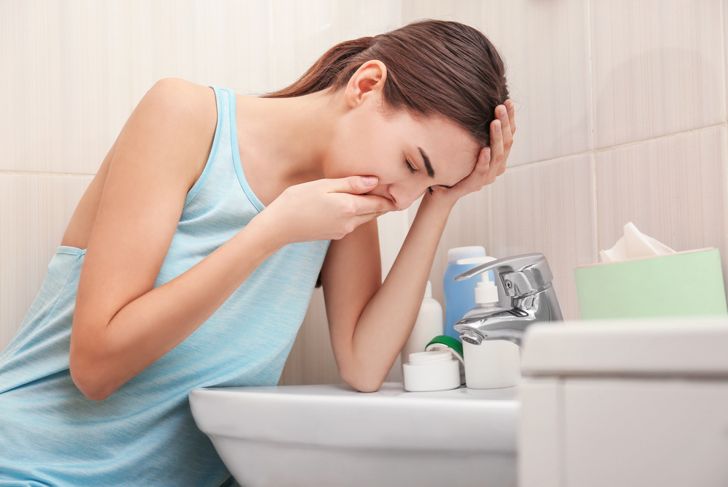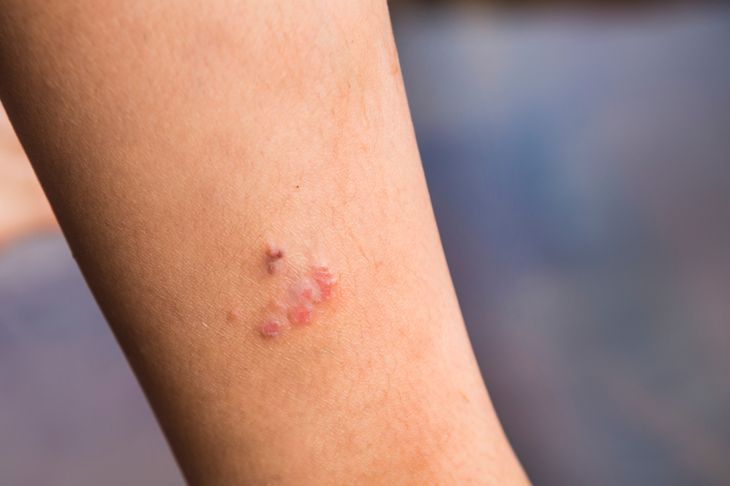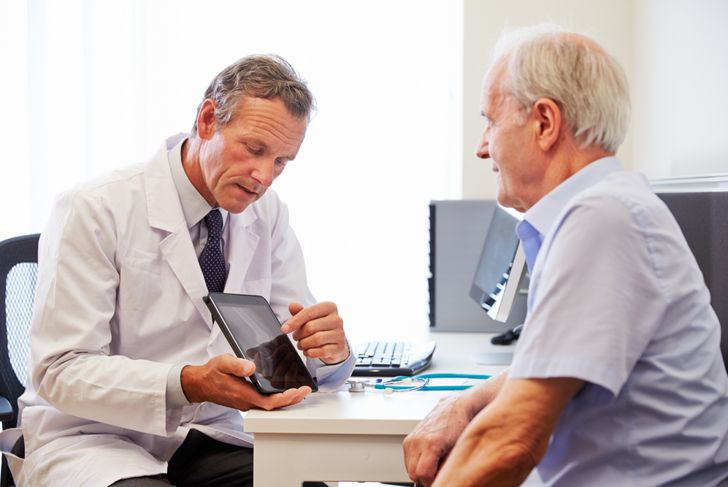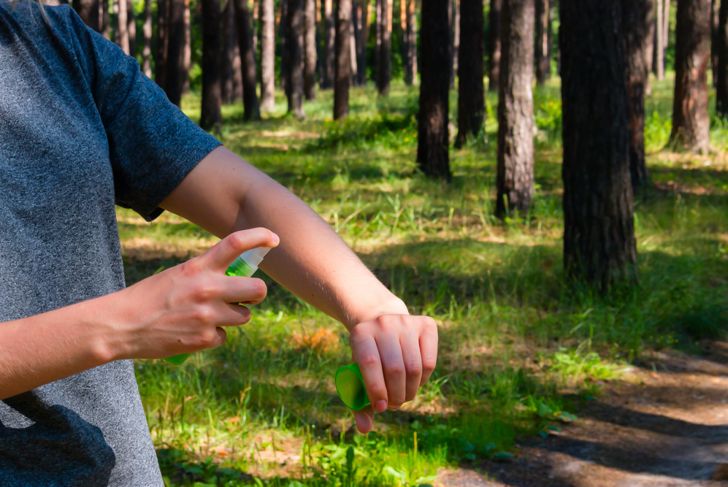Petechiae are round freckle-like spots that appear on the skin. They occur due to bleeding from the capillaries that attach your arteries to your veins. They may look like a rash and are red, brown, or purple. The spots can show up all over the body, including places like the eyelids or inside your mouth. A number of different factors cause petechiae. Since the spots can sometimes be very serious, you should consult with your doctor if you notice any of the symptoms.
Causes of Petechiae
Something as simple as vomiting can cause petechiae. When you vomit, sometimes you’ll notice red spots on your face. The capillaries that attach your arteries to their veins will burst, causing the red spots when the blood leaks into the skin. Petechiae can appear because of excessive straining, undiagnosed medical conditions, previously diagnosed medical conditions, and medications. Delving deeper into the causes will give you a better understanding of these spots.
Cause: Undiagnosed Medical Conditions
Several diseases you may be unaware of can cause petechiae. Rocky Mountain Spotted Fever comes from tick bites. Sometimes ticks are infected with bacteria called rickettsia. Symptoms include fever, muscle aches, and headaches, as well as a rash around the site of the bite. Prompt medical attention will ensure recovery from the disease. Treatment usually involves antibiotics, lab testing, and sometimes x-rays or other imaging. Sepsis is a life-threatening blood infection. When trying to fight off the infection, your blood vessels release chemicals that can cause inflammation. The symptoms of sepsis include low blood pressure, fever, high heart rate, difficulty breathing, and mental confusion. Treatment of sepsis involves antibiotics and IV fluids.
Cause: Previously Diagnosed Medical Conditions
A medical condition you already have could contribute to sudden petechiae. Examples include Leukemia, vitamin K deficiency, scurvy, thrombocytopenia, and vasculitis. If you have any of these diagnoses and suddenly develop this additional condition, consult with your doctor to discuss treatment.
Cause: Medication
Medications can also cause petechiae. If you notice it after you are prescribed a medication, inform your physician right away. If the cause is medication, your doctor may have you try a different prescription.
Cause: Excessive Straining
Many actions cause straining that can result in petechiae. The most common ones are childbirth, vomiting, coughing, and weightlifting. Overexertion of or trauma to the body can result in the small capillaries breaking, which in turn can cause red, brown, or purple spots.
Symptoms of Petechiae
Symptoms vary from case to case and depend on the underlying illness that caused them. Spots may appear to be flat, meaning they are under the skin. Comparatively, a rash will feel like a bump on the surface of the skin. Also, when you touch a spot you think is petechiae, it should stay the same color. If it doesn’t, then it is likely something else. Petechiae starts with one single spot and, as time goes by, it will develop into what looks like a rash. Call your doctor immediately if you experience symptoms such as high fever, changes in consciousness, confusion, or trouble breathing.
Treatment for Petechiae
In most cases of excess straining, petechiae should go away on its own without a doctor’s visit or treatment. In some cases, however, treatment is needed. Before treatment is recommended, your medical provider will determine the cause. If necessary, the doctor will prescribe antibiotics or anti-inflammatory medication. Of course, different options may be necessary if medication is the issue.
When to See a Doctor
It’s important to take prompt action if you suspect that you may have a more serious form of petechiae. An underlying, undiagnosed cause could result in infection. Contact your healthcare provider immediately if you experience any of the symptoms mentioned in section 6.
Infection-Based Petechiae Prevention
To prevent infection-based petechiae, wash your hands regularly and use hand sanitizer when necessary. Also, do not share utensils, drinks, or things like lip balm. If you plan on being outside for extended periods of time, apply a DEET-based insect repellent and check your body for ticks when you get home.
Normal Petechiae Prevention
It is not possible to avoid all things that could cause petechiae. In most cases, when the spots come from excessive straining, the spots will disappear on their own. If you have concerns, do not hesitate to contact your doctor. Tell your medical provider if you think a medication is to blame, and of course, if you react to any new medications, let them know right away.

 Home
Home Health
Health Diet & Nutrition
Diet & Nutrition Living Well
Living Well More
More